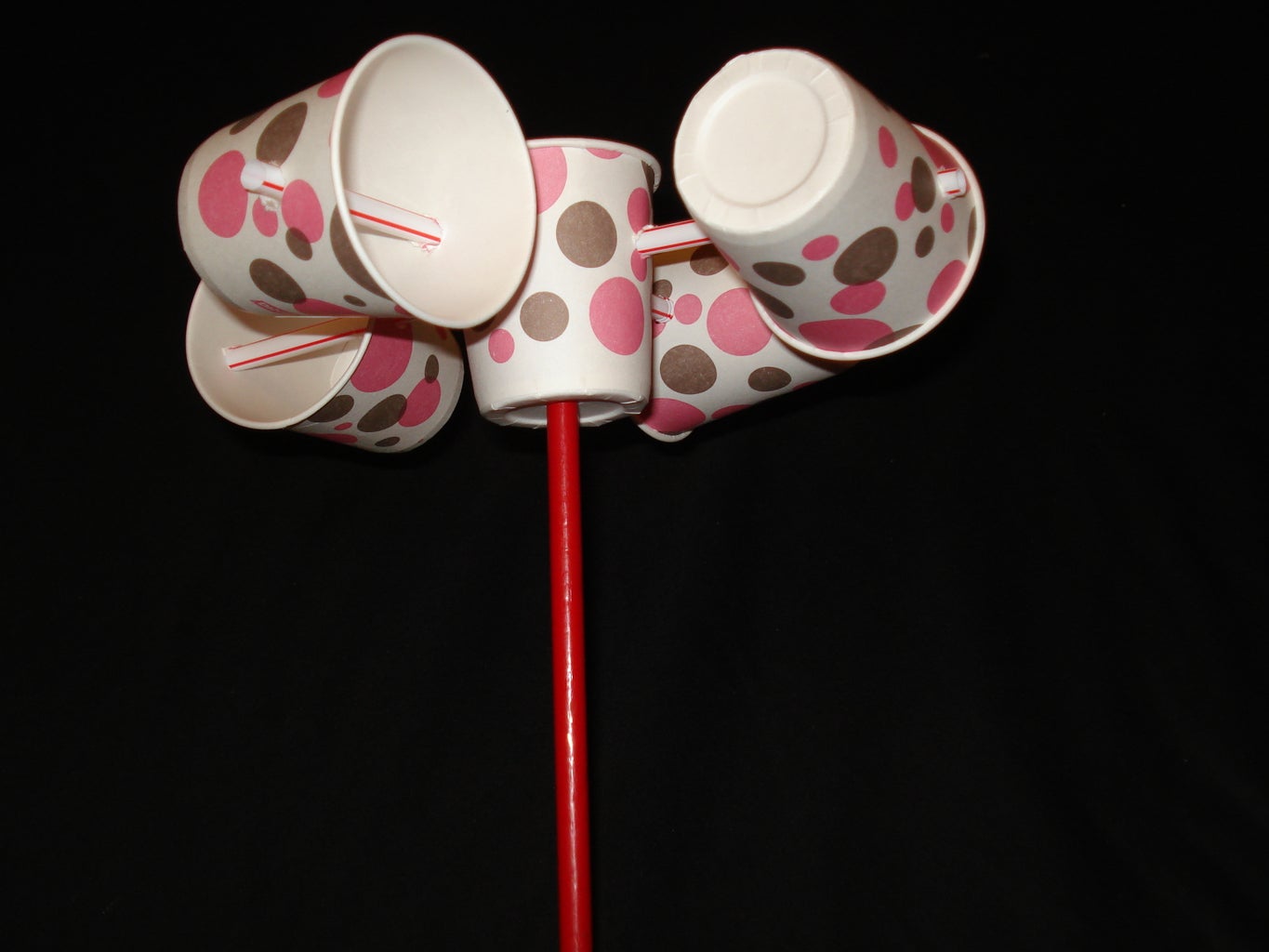Specialist Tips for Calibrating Your Anemometer for Ideal Efficiency
Specialist Tips for Calibrating Your Anemometer for Ideal Efficiency
Blog Article
All You Need to Understand About Anemometers: How They Work, Why They Matter, and Where to Utilize Them
Anemometers, though commonly ignored in the world of scientific tools, play an essential role in various fields, supplying useful understandings into wind speed and airflow patterns. Recognizing the mechanics behind these tools is vital for anybody looking for to harness the power of this data. From meteorologists tracking climate patterns to designers creating frameworks with wind tons in mind, the applications of anemometers are significant and diverse. As we look into the ins and outs of anemometer technology, we will certainly uncover the internal workings of these devices, their importance, and the key factors to consider when choosing the right anemometer for details applications.

Anemometer Basics
A crucial instrument made use of to determine wind speed and instructions, the anemometer plays a crucial role in meteorology and various industries. An anemometer generally consists of 3 or 4 cups that rotate in the wind, a vane that aims right into the wind, and sensors to track the rotations or movements. By calculating the rotations or movements over a specific period, the anemometer can identify wind rate. The vane aids figure out wind direction by pointing right into the wind, supplying important information for weather condition forecasting, aviation, maritime operations, environmental tracking, and wind energy applications.
There are numerous types of anemometers offered, including mug anemometers, vane anemometers, hot-wire anemometers, and sonic anemometers, each with its unique functions and applications. Mug anemometers are generally used for standard wind speed dimensions, while vane anemometers are chosen for directional dimensions.
Principles of Anemometer Operation
Structure on the fundamental understanding of anemometer basics, the concepts of anemometer procedure elucidate the technicians behind wind speed and direction dimensions. Cup anemometers, for instance, have 3 or more cups that capture the wind, triggering them to spin much faster as the wind speed increases. Hot-wire anemometers rely on a warmed cable that cools down as wind passes over it, with the price of cooling down determining the wind rate.
Significance of Anemometers
Anemometers play a crucial duty in measuring wind speed and direction, offering essential information for weather condition forecasting, environment research studies, environmental monitoring, and air travel operations. Meteorologists rely on anemometers to gather exact wind information, assisting them comprehend weather condition patterns, anticipate tornados, and problem timely cautions to the public. Wind ranch drivers utilize anemometers to examine wind conditions and optimize power production from wind generators.
Applications Across Numerous Industries
Applications of anemometers cover across varied markets, showcasing their versatility and energy past weather forecasting. In the eco-friendly energy market, anemometers play an important function in examining wind problems for wind farm positionings, guaranteeing optimum power manufacturing. Industries like building and construction and mining utilize anemometers to keep track of wind speeds, crucial for safety and security methods, especially when operating at elevations or in open-pit mines where solid winds can position threats. Anemometers are likewise indispensable in the aeronautics industry, helping pilots in recognizing airspeed and wind direction for risk-free liftoffs and touchdowns. The maritime sector take advantage of anemometers for ship navigation, assisting sailors prepare for weather condition more information changes and adjust paths as necessary. In farming, anemometers assist farmers in handling crop splashing by supplying real-time information on wind rate to avoid drift. Anemometers discover applications in HVAC systems to optimize air flow and boost energy performance in buildings. The diverse use instances of anemometers underscore their significance across various markets, highlighting their crucial duty in boosting operational safety and effectiveness (anemometer).

Choosing the Right Anemometer for Your Needs
Choosing the ideal anemometer customized to your particular demands is crucial for obtaining accurate wind speed and instructions dimensions. When selecting an anemometer, take into consideration aspects such as the intended application, required dimension variety, ecological conditions, and wanted features. For general functions, a cup anemometer is ideal for gauging wind rate, while a vane anemometer provides wind instructions data. Hot-wire anemometers are optimal for reduced airspeed dimensions, and ultrasonic anemometers supply high precision and resilience.

Verdict
In conclusion, anemometers play a critical function in measuring wind rate and direction across numerous industries. Understanding the concepts of anemometer operation is vital for picking the appropriate gadget for particular demands. From weather forecasting to aeronautics, browse around this site anemometers are important tools for accumulating exact data and making sure safety in different applications. It is necessary to take into consideration the importance of anemometers in order to make enlightened decisions when picking the most ideal gadget for gauging wind conditions.
There are numerous kinds of anemometers offered, consisting of cup anemometers, vane anemometers, hot-wire anemometers, and sonic anemometers, each with its unique features and applications. Mug anemometers are commonly made use of for basic wind speed dimensions, while vane anemometers are preferred for directional measurements. Hot-wire anemometers are ideal for reduced airspeeds, and sonic anemometers are ideal for high-precision dimensions in research and commercial settings.Structure on the foundational understanding of anemometer essentials, the see this here principles of anemometer operation elucidate the technicians behind wind rate and instructions dimensions. For basic objectives, a mug anemometer is appropriate for measuring wind speed, while a vane anemometer supplies wind instructions data.
Report this page